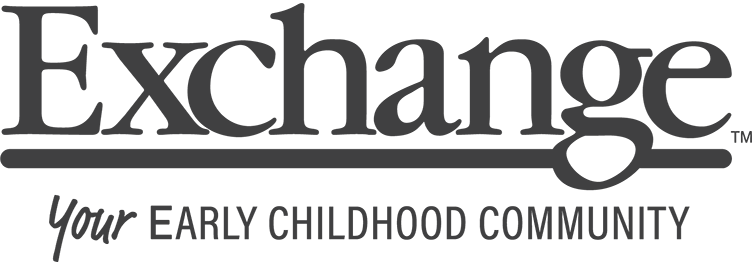Dual language learners represent the fastest growing student group in the United States. They are 32 percent of all children 8 years and younger (Meek et al., 2019). Young DLL children vary in their race/ethnicity, socioeconomic status, culture, disability status, nativity status, home language, language ability, academic achievement, and more. In terms of race and ethnicity, approximately 62 percent of the birth-through-8 population of DLLs identifies as Latinx, 16 percent as white/other, 15 percent as Asian, 6 percent as Black, and 0.8 percent as American Indian (Meek et al., 2019). About two thirds of these children live in homes where Spanish is spoken, but many other languages are represented in this diverse population, including Mandarin, Vietnamese, American Sign Languange, Arabic, as well as different varieties of English and heritage indigenous languages.
The superdiversity found in the U.S. and in states like California should be celebrated and, as educators, we should be striving to meet the needs of young DLLs. However, even in places that seek to promote equity and language justice, we see groups of students, their culture(s), and their language(s) excluded or misunderstood (Park et al., 2018). The result is young children who feel that their identities, culture, and essence have been eradicated. Additionally, the achievement and opportunity gaps continue to widen and hurt young students. Addressing this issue requires a thorough understanding of varieties of languages and the needs of DLLs including, behaviors, and expectations. Unfortunately, the literature and professional development resources currently available fail to fully meet the needs of the field.




